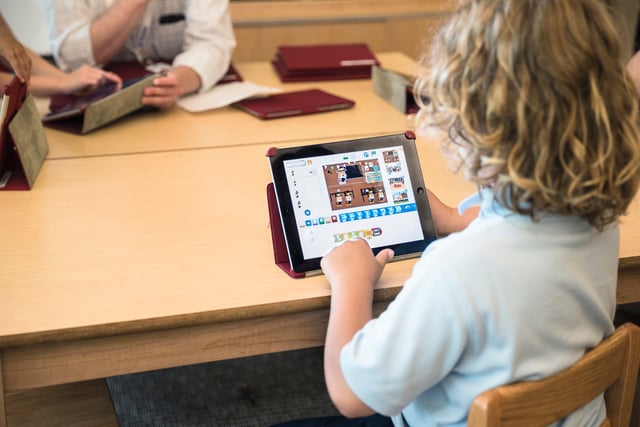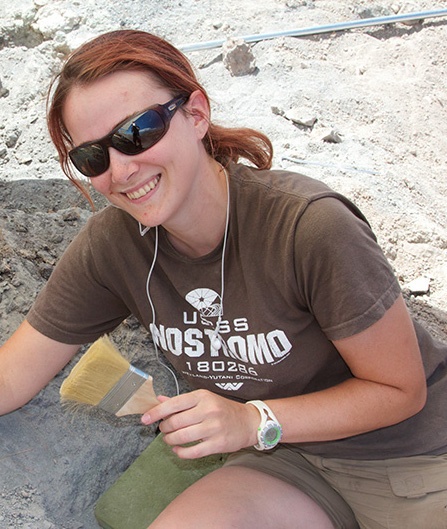For the second year, Bruce Museum will return to Whitby to teach our 3rd and 4th grade students an hour of code. In advance of the visit, we asked Bruce Museum Science Fellow Kate Dzikiewicz to share some background on the program.
“Hour of Code raises the bar even further by inspiring students to discover new ways of thinking and expressing themselves through technology.”
Bruce Museum is proud to participate in Hour of Code for the second year in a row. The Hour of Code is a global computer science initiative that creates a fun and creative environment for students to be introduced to the concepts of computer programming.
The first Hour of Code initiative was launched in December 2013 as part of Computer Science Education Week. Since then, more than 140 million students in 180+ countries have been empowered to learn by this program.

By partnering with local schools, the Bruce Museum can extend this learning opportunity past our walls. Last year, more than 400 students in Greenwich and beyond learned an hour of code from Bruce Museum instructors. This year the number will climb even higher!
Whether they’re animating a holiday card using Scratch or their own Flappy Bird game, there are coding tutorials available to capture any student’s interest. In this changing world, computer literacy is becoming a more and more important part of society. Hour of Code raises the bar even further by inspiring students to discover new ways of thinking and expressing themselves through technology.


